I was in Washington D.C. on Nov. 2 and 3 hosting a Business of Story mastermind class for the American Marketing Association. Nine of their member brands were in attendance to get their brand stories straight, and they all had the same challenge.
Their brand storytelling was focused on what they make versus what they make happen.
Do you do this: focus on your features and not your benefits?
It’s ok. You’re not alone. But it’s NOT ok if you want to take that first step out of the primordial muck of commoditization and connect with the hearts and minds of your customers.
Do this simple exercise:
- I make__________________________
- But what I make happen for my customers is _______________________________
Here’s a brand that does it better than most.
How to use brand storytelling to turn a commodity into a meaningful movement
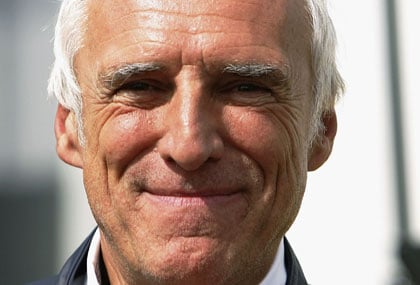 Dietrich Mateschitz was a toothpaste salesman from Austria. In 1982, he was on a sales trip in Thailand when he learned that truck drivers there were downing energy drinks like crazy.
Dietrich Mateschitz was a toothpaste salesman from Austria. In 1982, he was on a sales trip in Thailand when he learned that truck drivers there were downing energy drinks like crazy.
The top brand was called “Kratindaeng,” meaning water buffalo. It was a high-octane mix of sugar, caffeine, water and an amino acid called taurine, which studies suggest benefit the cardiovascular system.
Mateschitz was intrigued. On this same trip, he read about Mr. Taisho, the richest man in Japan, who had also introduced a high-energy drink to his countryman. Known as an energetic and highly creative marketer, he connected the dots. Mateschitz quit pedaling toothpaste and with a partner, each investing a half million dollars, began creating an energy drink for the western market.
Claiming Your #1 Position In the Market
In the first step of the Story Cycle System, I ask you to crafting your market position statement with this simple exercise. Here’s how it might have played out for Redbull when it first came out:
INDUSTRY: Beverage
CATEGORY: Non-alcoholic
SPECIALTY: Infused with taurine and B vitamins
#1 SPECIALTY: Redbull is the world’s first and largest-selling energy drink
The first can of Red Bull hit the streets on April 1, 1987 in Austria. Because Mateschitz poured his life savings into creating the beverage, he had little money for advertising. So he began staging spectacular stunts on the cheap that would draw gawking crowds.
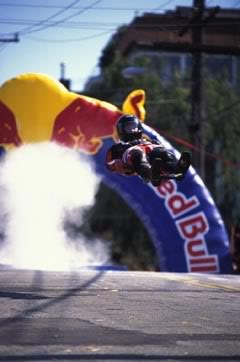 He pinned his Red Bull logo and his hopes on young, unknown extreme athletes, including street lugers, base jumpers, surfers, air acrobats, mountain bikers, snowboarders: virtually any kind of adrenalin junky with enough talent and charisma to reasonably insure their survival.
He pinned his Red Bull logo and his hopes on young, unknown extreme athletes, including street lugers, base jumpers, surfers, air acrobats, mountain bikers, snowboarders: virtually any kind of adrenalin junky with enough talent and charisma to reasonably insure their survival.
Spectators and media flocked to his events that celebrated the human potential within us all.
One particularly bombastic stunt starred fellow Austrian daredevil Felix Baumgartner who rocketed across the English Channel (22 miles) from Dover, England to Calais, France with nothing more than a jet pack strapped to his back. He was dropped from an airplane at 33,000 feet and reached speeds in excess of 220 miles per hour in a flight that lasted less than seven minutes.
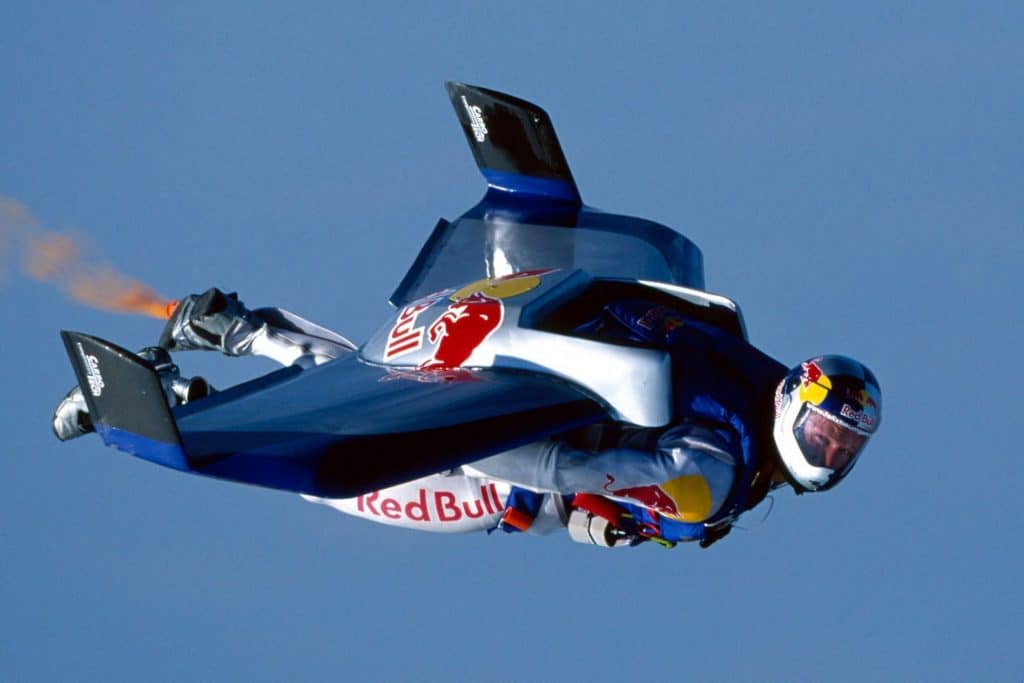
More than 200 million people around the world saw the event, and the Red Bull logo, on TV. This was more than a marketing stunt to sell an energy drink. Mateschitz was literally firing a shot over the bow of the French ministry that had been blocking the entrance of Red Bull into its country.
In hindsight, you can examine the Red Bull’s DNA in its backstory that makes it the world’s #1 energy drink, a position it has proudly held for over 25 years.
- The brand is an extension of its founder
- Instead of expensive – and passive – traditional advertising, he became the ultimate buzz marketer
- He didn’t sell what he made, he staged stories about what Red Bull makes happen
What’s important here is that Red Bull’s stories are not merely told. They’re experienced. And the product is always secondary to the visceral connection of the “happening” around the brand story.
Red Bull has remained true to the spirit of its first slogan, which Mateschitz considers to be more of a manifesto: “We give wings to people and ideas.” This is a simple and powerful expression of an überly energetic brand that invites customers to experience its authentic rebellious archetype.

The slogan is also a reflection of its founder who once told a reporter, “If we don’t create the market, it doesn’t exist.” That kind of fearlessness takes foresight and above all, energy.
Today, Red Bull is the undisputed leader in “buzz marketing.” It is a publishing empire that creates stories to attract readers, viewers and listeners to its brand. The Red Bull Media House publishes its own magazine, The Red Bulletin, which rivals Sports Illustrated in circulation. It has its own recording artists with its label, Red Bull Records.
The brand provides its more than 5,000 videos and 50,000 photos to users, including network TV stations, free of charge. Red Bull produces movies, The Art of Flight. Red Bull stages events like Flutag, German for “airshow,” that attract upwards of 50,000 people to fly their homemade flying machines, a brilliant hands-on celebration of its “We give you wings…” brand story.
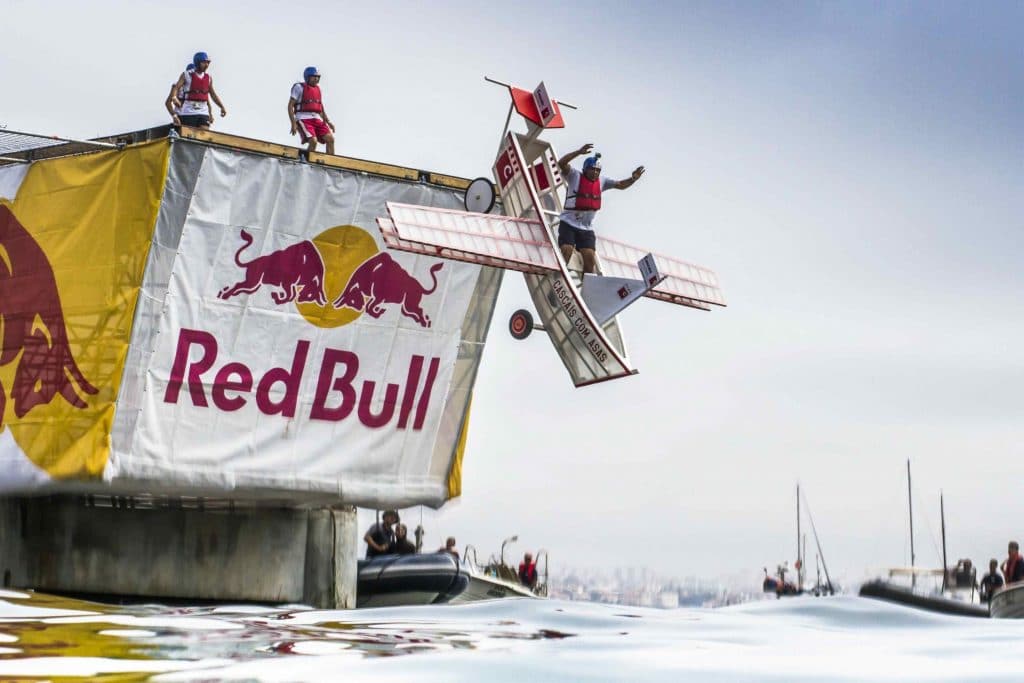
The brand pushed its own extreme envelope with its Stratos project. In 2012, Baumgartner, the man who streaked over the English Channel, set the new free fall record when he leaped from a Red Bull can at 128,100 feet above the earth. Red Bull simply called it “The World’s Biggest Jump.”
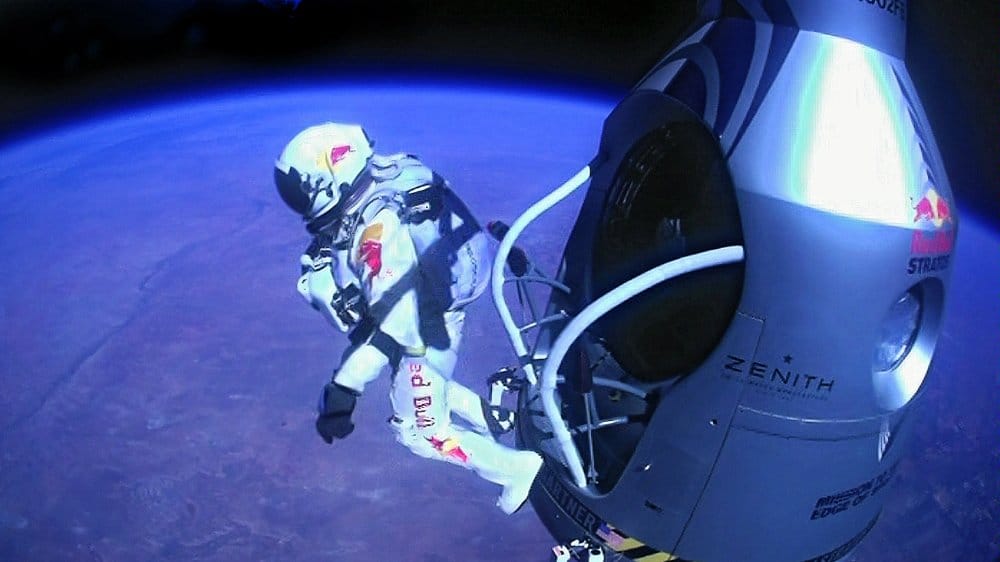
Mateschitz doesn’t focus his brand stories on what he makes, but what he makes happen.
“Everybody is fascinated by mythology,” Mateschitz once said. “I was most fascinated by Zeus, the King of the Gods. When he came down to earth to see Europa, he changed into a bull.”
The epic brand of Red Bull charges on.
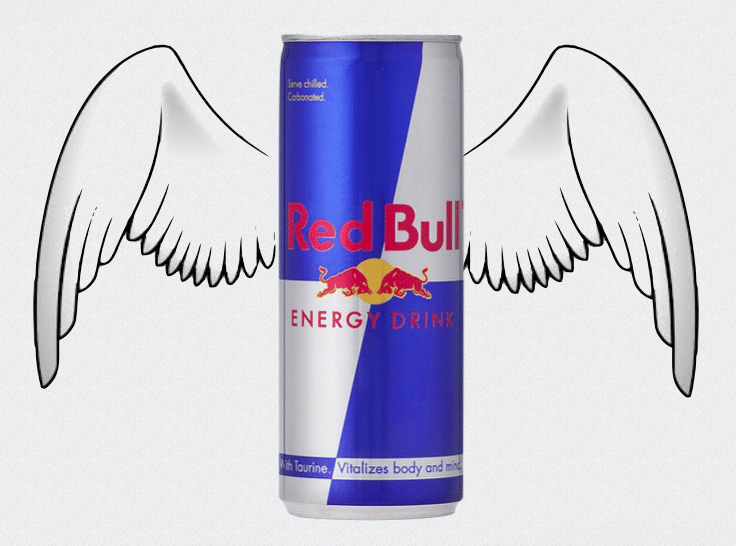
So whether you’re a solopreneur, start-up, or mid-market company hoping to make it to the big leagues, focus your brand story on what you make happen in the lives of your customers.
When you do that, the sky is the limit on what you can accomplish with your company.




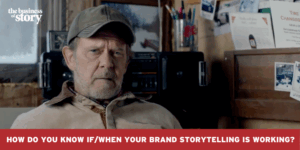







at 7:52 am
I really like how you said here Park, that you should focus your brand story on what you make happen in the lives of your customers! That’s a great way to actually make an impact!
at 5:24 am
[…] Bull built the entire energy drink category by giving their brand wings through […]
at 12:09 pm
[…] Bull doesn’t just make the most popular energy drink in the world. Red Bull gives you wings. Apple doesn’t just sell computers. They inspire you to Think Different. And it’s love […]
at 12:46 am
[…] An effective method of invoking word of mouth marketing is to use narratives within your marketing campaigns. An extremely important factor with successful buzz marketing campaigns is the fact that the product or brand is always secondary to the connection of the “happening” around the brand story. That is, the stories are not merely told. They’re experienced. […]
at 8:38 am
[…] Well, no one can really forget that, can they? Source […]